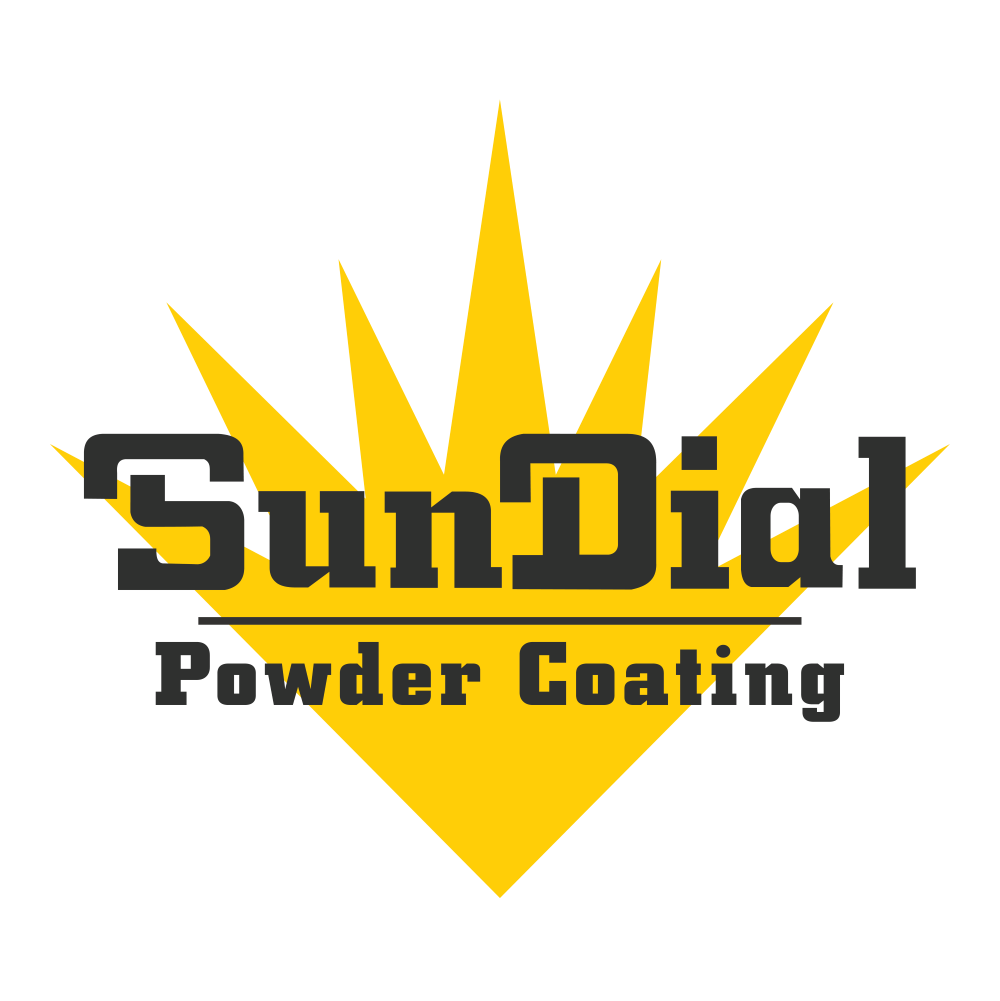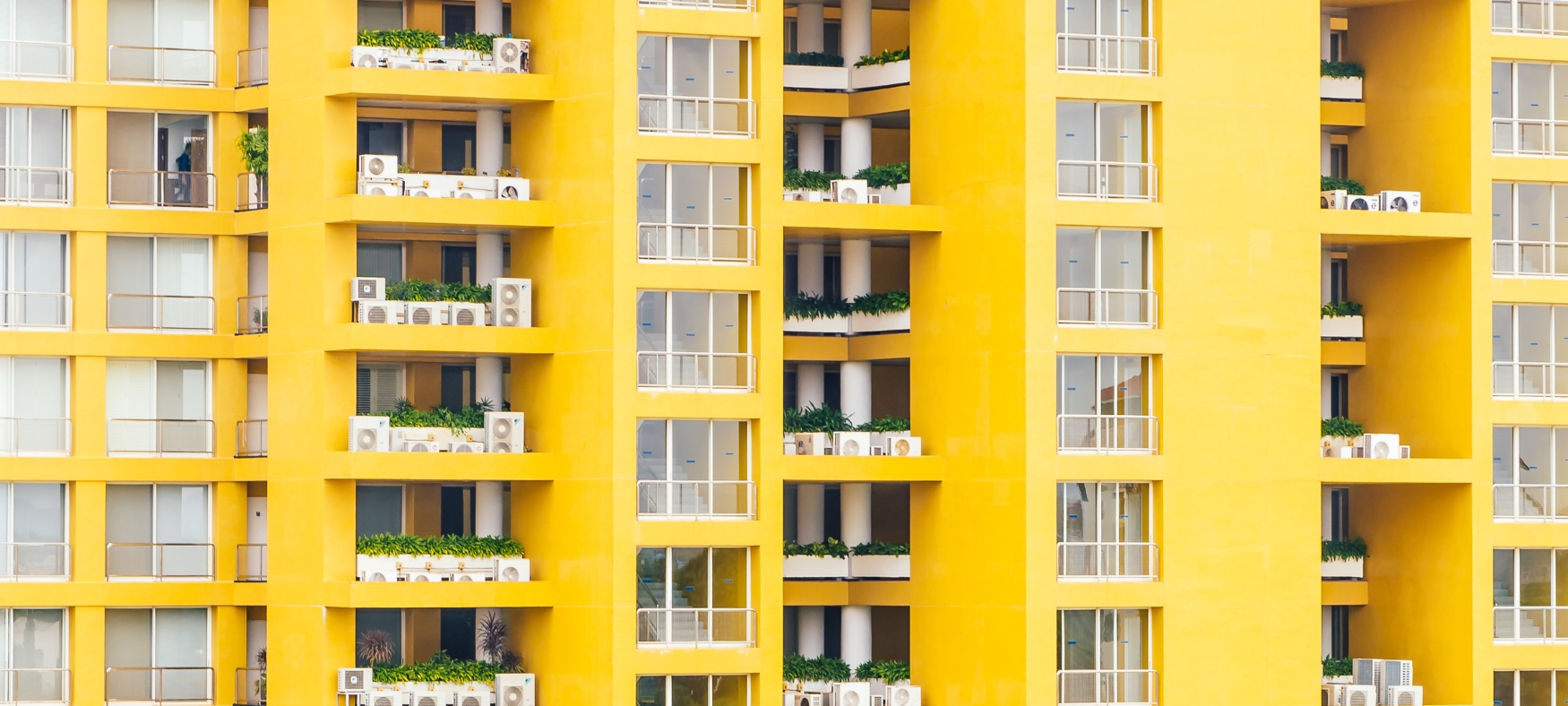Introduction to Architectural Powder Coating: A Beginner's Guide
Are you new to the world of architectural powder coating? If so, you’re in the right place! In this beginner’s guide, we’ll take you through the basics of architectural powder coating, providing you with a clear understanding of what it is, how it works, and why it’s widely used in the construction industry.
What Is Architectural Powder Coating?
Architectural powder coating is a specialized and highly effective finishing technique used in the construction industry to improve both the appearance and durability of various architectural components, primarily those made of metal. This process involves the precise application of a dry powder coating onto a prepared surface, followed by a curing process that transforms the powder into a solid, protective finish.
Key Benefits of Architectural Powder Coating
Durability
Powder coating creates a robust, long-lasting finish that can withstand harsh weather conditions, UV rays, and physical impacts. It's highly resistant to chipping, peeling, and corrosion
Aesthetics
Architectural powder coating offers a wide range of colors and finishes, allowing architects and designers to achieve the desired look for their projects. The finish is smooth, uniform, and visually appealing.
Environmental Friendliness
Unlike traditional liquid coatings, powder coating produces minimal waste and contains no volatile organic compounds (VOCs), making it an environmentally friendly choice.
Cost-Effective
Powder coating is a cost-effective option in the long run because it requires minimal maintenance and touch-ups, reducing overall project expenses.
How Does Architectural Powder Coating Work?
The process of architectural powder coating can be broken down into several key steps:
Surface Preparation
Before applying the powder, the surface must be cleaned and prepared. This involves removing any contaminants, such as dirt, grease, or rust, to ensure proper adhesion of the coating.
Powder Application
Architectural powder coating offers a wide range of colors and finishes, allowing architects and designers to achieve the desired look for their projects. The finish is smooth, uniform, and visually appealing.
Curing
The coated material is then heated in an oven to cure the powder. During this process, the powder melts, flows, and chemically reacts to form a solid, continuous finish.
Cooling and Inspection
After curing, the coated surface is allowed to cool and harden. It is then inspected for quality and consistency.
Applications of Architectural Powder Coating
Architectural powder coating is widely used in a variety of applications, including:
Aluminum and Steel Extrusions: Used in the construction of window frames, doors, and curtain walls.
Fencing and Railings: Provides protection and aesthetics for outdoor structures.
Lighting Fixtures: Ensures durability and aesthetic appeal for outdoor and indoor lighting.
Architectural Panels: Used for cladding and decorative purposes on buildings.
Furniture: Enhances the appearance and longevity of metal furniture pieces.
Conclusion
Architectural powder coating is a versatile and sustainable finishing solution that has gained
popularity in the architectural and construction industry. Its durability, aesthetics, and
environmental benefits make it a preferred choice for architects, designers, and builders.
As you continue your journey into architectural powder coating, you’ll discover even more about
its applications, techniques, and innovations. Stay tuned for future articles that delve deeper into
this fascinating world of coatings.
If you have any questions or would like to learn more about specific aspects of architectural
powder coating, feel free to reach out. We’re here to help you navigate this exciting realm of
construction finishes.

